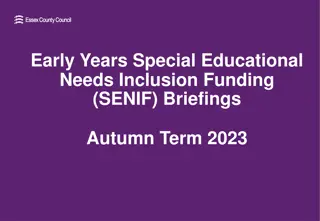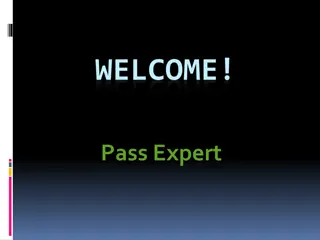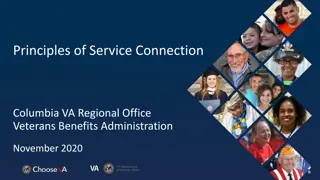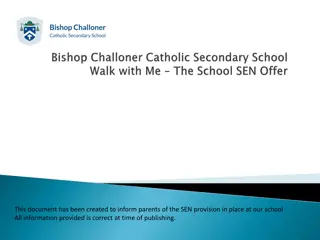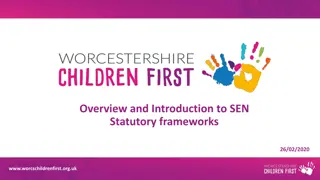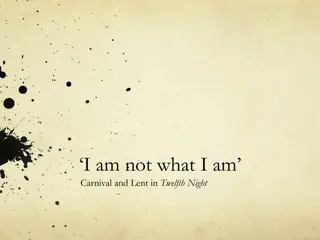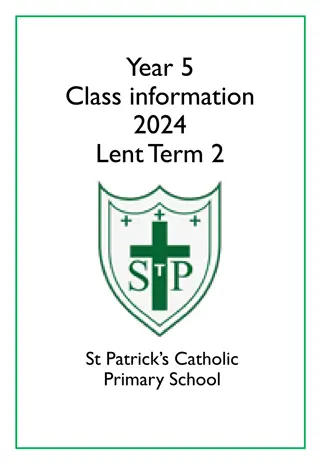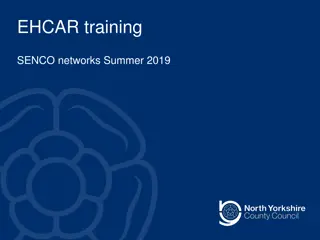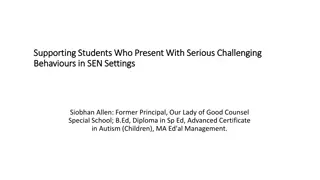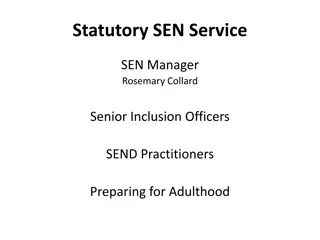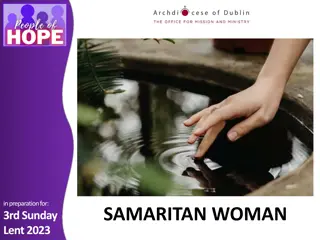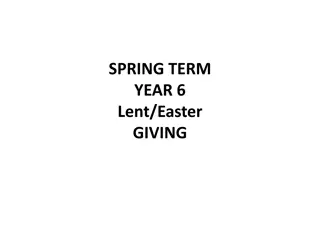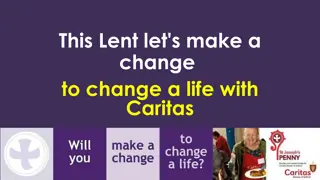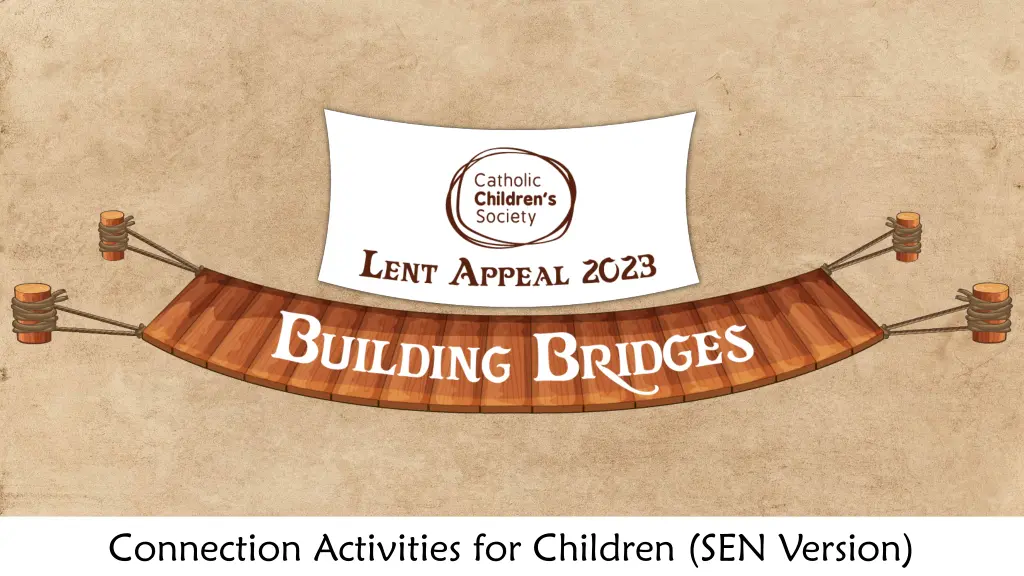
Connection Activities & Exercises for Children with Special Educational Needs (SEN)
Discover engaging and adaptable activities in this guide tailored for children with special educational needs (SEN). Encourage connections through diverse exercises like Mirror, Mirror and Make a Thunderstorm. Respect individual preferences as children explore and enjoy these activities, promoting inclusivity and creativity.
Download Presentation

Please find below an Image/Link to download the presentation.
The content on the website is provided AS IS for your information and personal use only. It may not be sold, licensed, or shared on other websites without obtaining consent from the author. If you encounter any issues during the download, it is possible that the publisher has removed the file from their server.
You are allowed to download the files provided on this website for personal or commercial use, subject to the condition that they are used lawfully. All files are the property of their respective owners.
The content on the website is provided AS IS for your information and personal use only. It may not be sold, licensed, or shared on other websites without obtaining consent from the author.
E N D
Presentation Transcript
Guidance Notes for Staff Guidance Notes for Staff The following exercises include different suggestions which can be The following exercises include different suggestions which can be adapted according to learners adapted according to learners needs. needs. Please note that c Please note that connection does not have to mean close proximity: in onnection does not have to mean close proximity: in any of these exercises children may choose to observe and enjoy the any of these exercises children may choose to observe and enjoy the activities without actively taking part and it is important to respect that. activities without actively taking part and it is important to respect that. They may still feel connected even if it seems they are not joining in. In They may still feel connected even if it seems they are not joining in. In fact, someone who does not want to take part may enjoy another role, fact, someone who does not want to take part may enjoy another role, like giving instructions. like giving instructions.
Mirror, Mirror Mirror, Mirror Step Step- -by by- -Step Instructions Step Instructions Put the children into pairs (you can pair children who need Put the children into pairs (you can pair children who need additional support with an adult). Designate one child in the pair as additional support with an adult). Designate one child in the pair as the leader and ask them to face each other. the leader and ask them to face each other. The leader chooses a body posture or gesture and the other child The leader chooses a body posture or gesture and the other child mimics it, e.g. the leader may put one hand on their head and one mimics it, e.g. the leader may put one hand on their head and one hand on their belly. Every time the teacher claps/plays a sound on a hand on their belly. Every time the teacher claps/plays a sound on a musical instrument, the leader changes their position. musical instrument, the leader changes their position. The leader and responder change roles. The leader and responder change roles. HOW TO CHANGE IT UP: HOW TO CHANGE IT UP: You could do it as a whole class, with one child (the leader) in front You could do it as a whole class, with one child (the leader) in front of the class or a small group. of the class or a small group. You could try with the leader You could try with the leader moving throughout but as if in slow moving throughout but as if in slow motion. motion. Challenge the children to think outside the box and attempt to hold Challenge the children to think outside the box and attempt to hold different body positions while standing on one leg or sitting on the different body positions while standing on one leg or sitting on the floor. floor.
Make a Thunderstorm Make a Thunderstorm Step Step- -by by- -Step Instructions Step Instructions As a whole class, make a thunderstorm sound together As a whole class, make a thunderstorm sound together exploring using different sounds at the same. exploring using different sounds at the same. For example, some children could clap, some could click, For example, some children could clap, some could click, some could stamp their feet, some could rub their hands some could stamp their feet, some could rub their hands together, some could play a drum or use any other musical together, some could play a drum or use any other musical instruments. Get creative! It can be a faraway/quiet instruments. Get creative! It can be a faraway/quiet thunderstorm if some pupils are sensitive to noise. thunderstorm if some pupils are sensitive to noise. Optional: you could take it in turns to have a leader at the Optional: you could take it in turns to have a leader at the front of the group. When the leader lifts their hands high front of the group. When the leader lifts their hands high the group gets louder, when the leader puts their hands the group gets louder, when the leader puts their hands down low the group gets quieter. Explore any other hand down low the group gets quieter. Explore any other hand signals like go and stop. signals like go and stop.
Roly Roly- -poly Parachute poly Parachute Step Step- -by by- -Step Instructions Step Instructions PROP: A parachute, or a large blanket or sheet that the PROP: A parachute, or a large blanket or sheet that the children can hold together in a circle. children can hold together in a circle. With children holding on to the parachute, a medium or big With children holding on to the parachute, a medium or big ball is placed on it. The group can try to roll it around, ball is placed on it. The group can try to roll it around, working together to make sure it doesn't fall. working together to make sure it doesn't fall. They can also try to make the ball bounce, while keeping it They can also try to make the ball bounce, while keeping it on the parachute. Everyone can count how many bounces on the parachute. Everyone can count how many bounces they achieve and see if they can get more bounces each time! they achieve and see if they can get more bounces each time! To add a challenge, use more than one ball on the parachute. To add a challenge, use more than one ball on the parachute.
Dancing Parachute Dancing Parachute Step Step- -by by- -Step Instructions Step Instructions PROP: Music (see below) and a parachute, or a large blanket or sheet PROP: Music (see below) and a parachute, or a large blanket or sheet that the children can hold together in a circle. that the children can hold together in a circle. The children stand around the parachute in a circle and lift it up The children stand around the parachute in a circle and lift it up together. together. When the music plays, the children make the parachute dance by When the music plays, the children make the parachute dance by moving it together. It can be nice to try contrasting music, for example: moving it together. It can be nice to try contrasting music, for example: Don t Stop Me Now : Don t Stop Me Now : https://www.youtube.com/watch?v=KKny_ia8Fvo https://www.youtube.com/watch?v=KKny_ia8Fvo Piano instrumental: Piano instrumental: https://www.youtube.com/watch?v=MLbjwFG https://www.youtube.com/watch?v=MLbjwFG- -Fh0 Each time a member of staff stops the music, the children work together Each time a member of staff stops the music, the children work together to hold the parachute completely still (like musical statues). to hold the parachute completely still (like musical statues). Fh0
Make a Dance Make a Dance Step Step- -by by- -Step Instructions Step Instructions With everyone in a circle so they can see each other, With everyone in a circle so they can see each other, an adult suggests a simple movement for everyone to an adult suggests a simple movement for everyone to try. try. Then, participants make suggestions, adding a few Then, participants make suggestions, adding a few more simple steps to the dance sequence. more simple steps to the dance sequence. For example, walking to one side, stepping closer For example, walking to one side, stepping closer together into the middle of the circle and moving together into the middle of the circle and moving away, spinning once, etc. away, spinning once, etc. You can try the dance to sounds or a favourite song, You can try the dance to sounds or a favourite song, or use props, e.g. scarves, ribbons, pompons or or use props, e.g. scarves, ribbons, pompons or musical instruments. musical instruments.
Pop the Bubbles Pop the Bubbles Step Step- -by by- -Step Instructions Step Instructions PROP: Bubble blower or machine. PROP: Bubble blower or machine. SUGGESTED MUSIC: SUGGESTED MUSIC: https://www.youtube.com/watch?v=9ekY8EvrZmM https://www.youtube.com/watch?v=9ekY8EvrZmM An adult blows bubbles into the air while the music is An adult blows bubbles into the air while the music is playing. The children start popping the bubbles and when playing. The children start popping the bubbles and when the music stops the children stop popping the bubbles. the music stops the children stop popping the bubbles. Have them pop the bubble with a particular body part, Have them pop the bubble with a particular body part, for example: finger, toe, elbow, shoulder, ear. for example: finger, toe, elbow, shoulder, ear. Change up the game by having them pop them as quickly Change up the game by having them pop them as quickly as they can. as they can.



